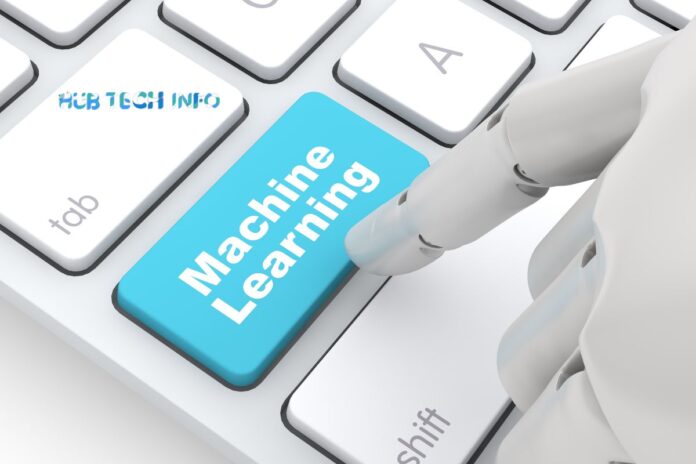You may wonder about Machine Learning, but do you know what? Read on to learn about the history, techniques, and applications of Machine Learning. Then, this article will discuss the importance of Machine Learning to society. This technology helps us create solutions to problems that we can’t specify manually.
Machine Learning
An essential subset of artificial intelligence known as machine learning lets computers learn from past data and predict future patterns without human intervention. Historically, humans have analyzed data and adapted technology to the changing patterns. However, today, the volume of data available to the human mind is much greater than any human can process. Machine learning algorithms use diverse digital information such as text, video, and audio to build analytical models that can predict future patterns.
This advancement in technology has enabled businesses to process and analyze data more efficiently. It has also helped the financial industry avoid fraud, while coming up with the most efficient investments for their clients. With these benefits, machine learning is gaining more importance in business. Getting a handle on the potential of this technology to transform your business has never been easier. But how does it work?
Applications
One of the most popular applications of machine learning is the extraction of information. This process involves extracting structured information from unstructured data, such as articles, blogs, business reports, or emails. Output produced by information extraction is stored in a relational database. The information extracted is then used by a business or organization to make informed decisions. In addition, the data is organized in a way that allows it to be searched, analyzed, and analyzed.
In addition to data analysis, machine learning is also used to identify patterns in large data sets. For example, social networks like Facebook collect information about users and recommend similar profiles based on their preferences. This technology has a number of applications in the financial industry, where increasingly large and varied data sets must be analyzed. Machine learning algorithms enable these companies to identify specific information more accurately in a shorter period than human analysts would be able to.
Techniques
There are several different techniques for machine learning. Feature engineering, for example, is a method that allows you to extract useful features from existing data. This process involves transforming the data into numerical values that are easier to understand for the algorithm. These new features can enhance the performance of machine learning models. However, destructive features might require more complex models to produce similar results.
There are several types of supervised learning. Active learning aims to achieve the same results as passive supervised learning. In active learning, the machine learning algorithm is given free rein to select data and may pose questions to a human annotator. As long as the data is as relevant as possible, the model can produce a more accurate classification. But remember, active learning is not for everybody. You may be surprised by how effective it can be!
History
Machine learning is a growing field of study aimed at automated computer algorithms that learn from their experiences with data. Unlike human learning, which is the process of teaching a computer to do something, machine learning evolved gradually, piece by piece, through the centuries. Today, it is used to analyze data and recognize patterns, sometimes combined with other technologies, like image recognition. As a result, algorithms can now understand human queries and acknowledge even facial features, which would have been impossible only a few decades ago.
In 1949, Donald Hebb published “The Organization of Behavior,” which introduced theories about neuron interaction. Other influential figures in the field include Alan Turing, who created the Turing Test, and Dean Edmonds and Marvin Minsky, who built the SNARC machine based on Hebb’s model. Machine learning is now used almost anywhere adaptive programs are required. It can be applied in many fields, from gaming to health care to retail.
Bayes Theorem
The Bayes Theorem is a fundamental mathematical principle used to calculate an event’s probability given new evidence. For example, if you were to examine the distribution of face cards, the likelihood of a card being a king is four divided by 52. If four of the face cards are kings, the probability of a single card being a king is 1 in 13. Applying this principle to the case of poker, the Bayes Theorem applies to all situations.
The Bayes Theorem is a fundamental mathematical principle that can be used to create probabilistic models. It is often used in statistical analyses and aviation and medical science problems. An English statistician and Presbyterian minister initially developed it. ML applications of the Bayes Theorem are numerous.



